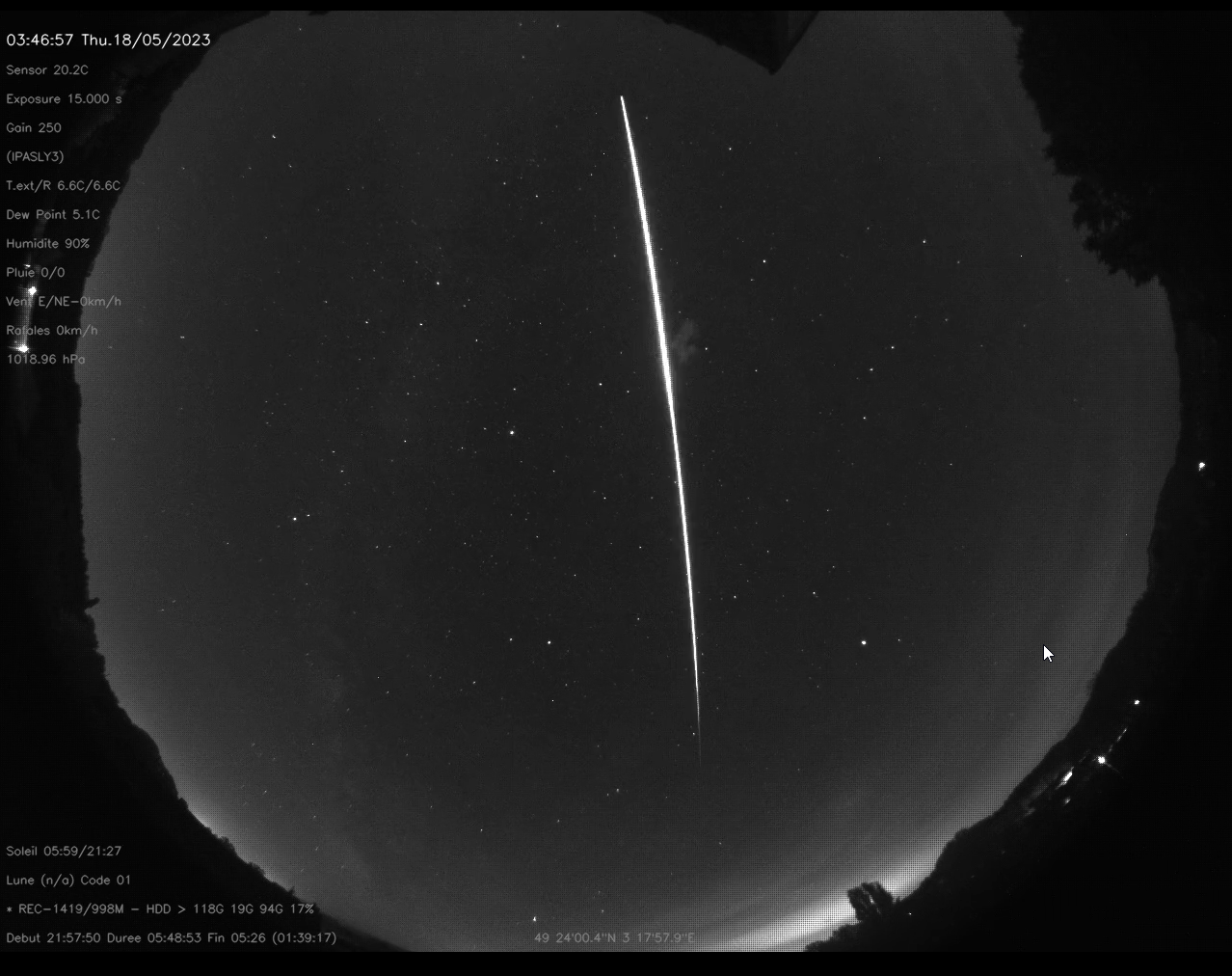
Meteor Activity Outlook for October 28-November 03, 2023
This very long fireball was captured by Roy Georges at 03:47 CEST (01:47 UT) on May 18, 2023, from Pasly, France.…

This very long fireball was captured by Roy Georges at 03:47 CEST (01:47 UT) on May 18, 2023, from Pasly, France.…
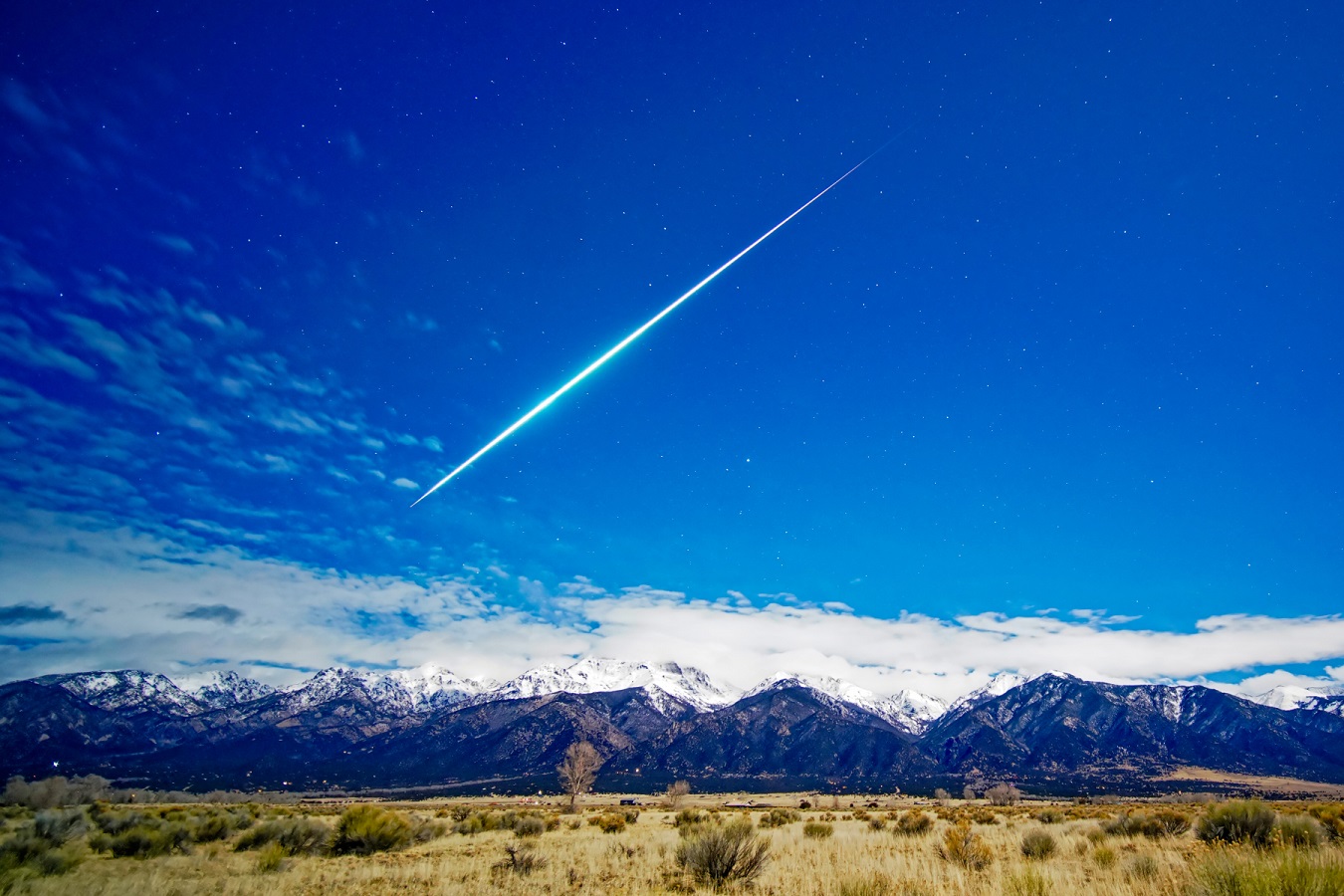
Mike Lewinski captured this bright fireball at 00:48 MDT on April 6, 2023 (06:48 UT), from Crestone, Colorado USA. While it…
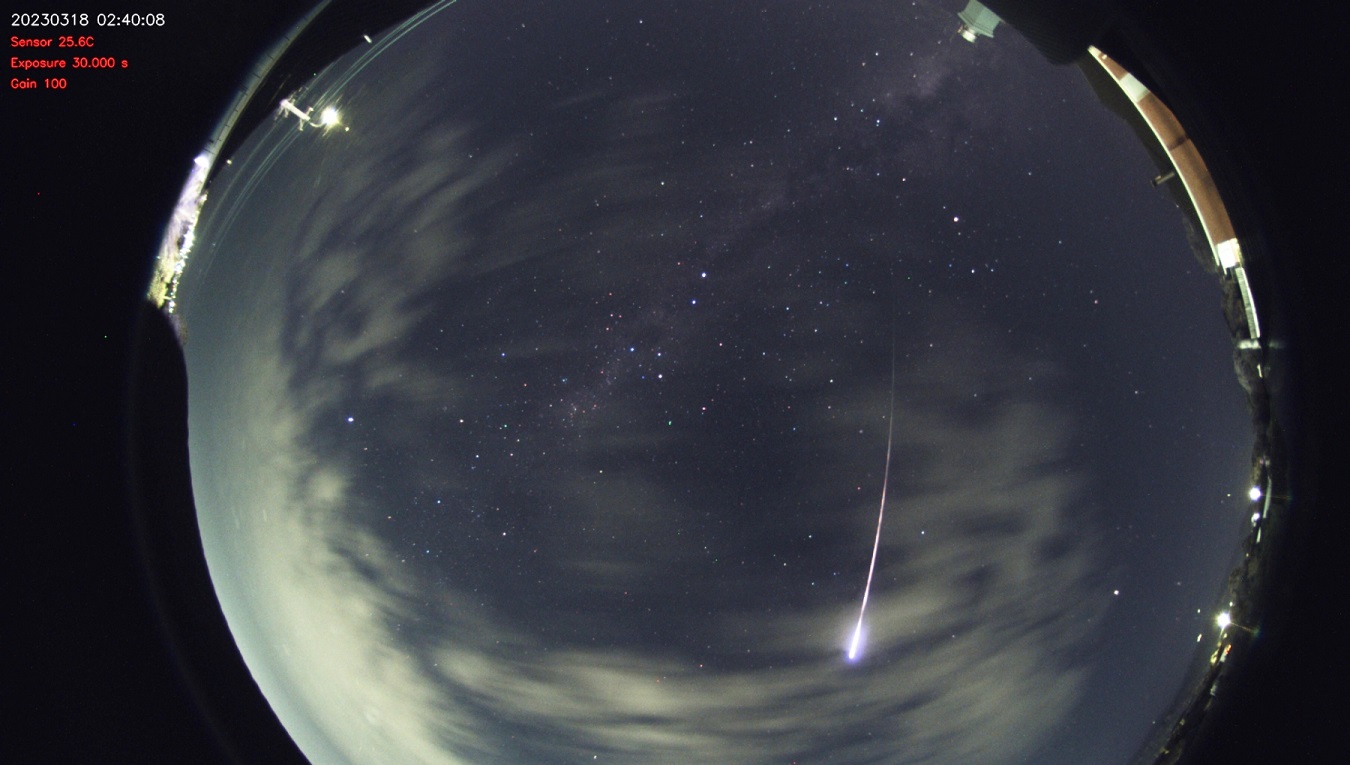
Joe Nidd captured this bright fireball at 20:40 NZDT on March 18, 2023 (13:40 UT on March 17), from Dunedin,…
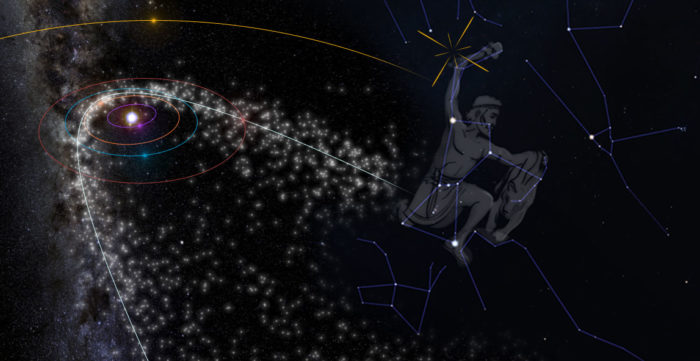
Each October the Earth passes through the inbound debris of Halley’s Comet to produce the Orionid Meteor Shower. The outbound…
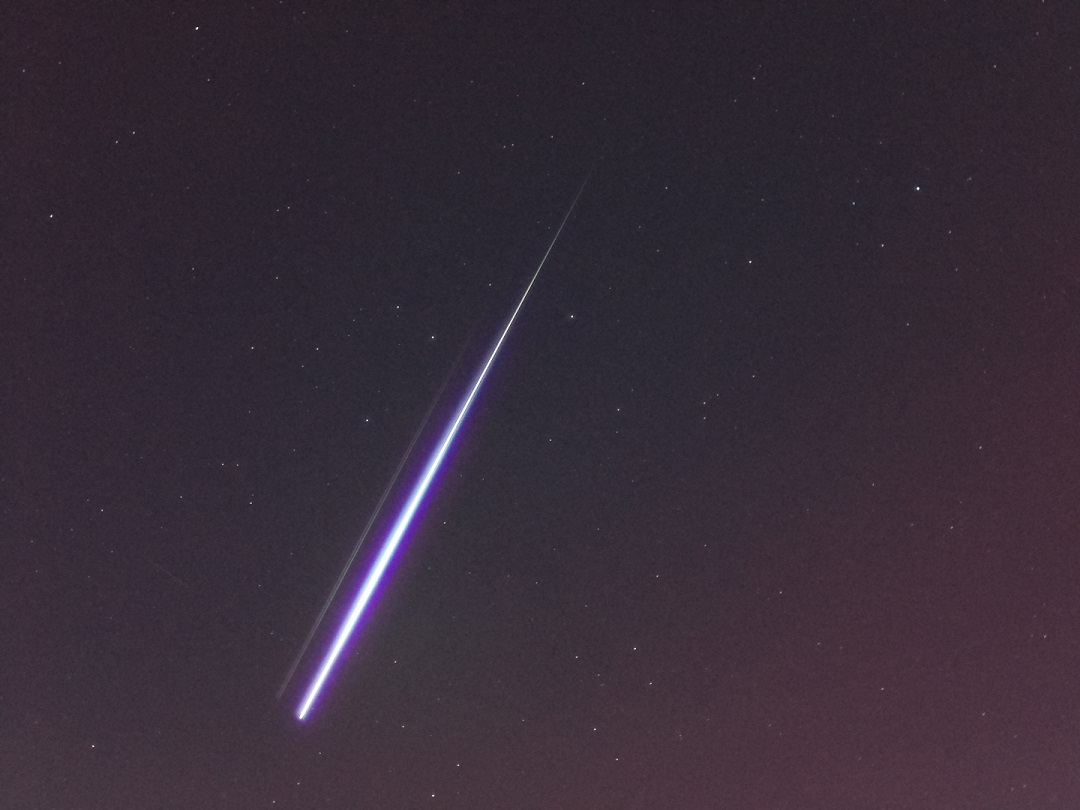
Morten Johansen captured this bright fireball at 2:31 CET (1:31 UT) on March 10, 2023, from Kolding, Denmark. The faint secondary…
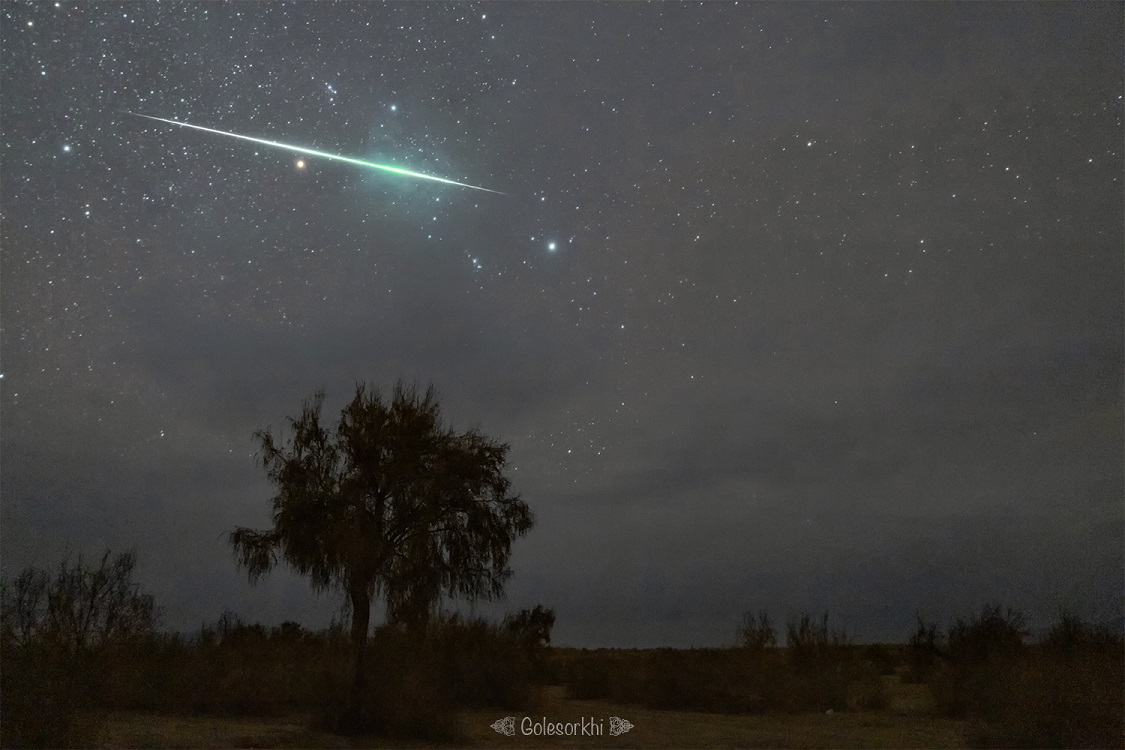
Amin Golesorkh captured this bright Geminid fireball passing through Orion at 22:00 IRST (18:30 UT) on December 14, 2022, from Shahrud,…
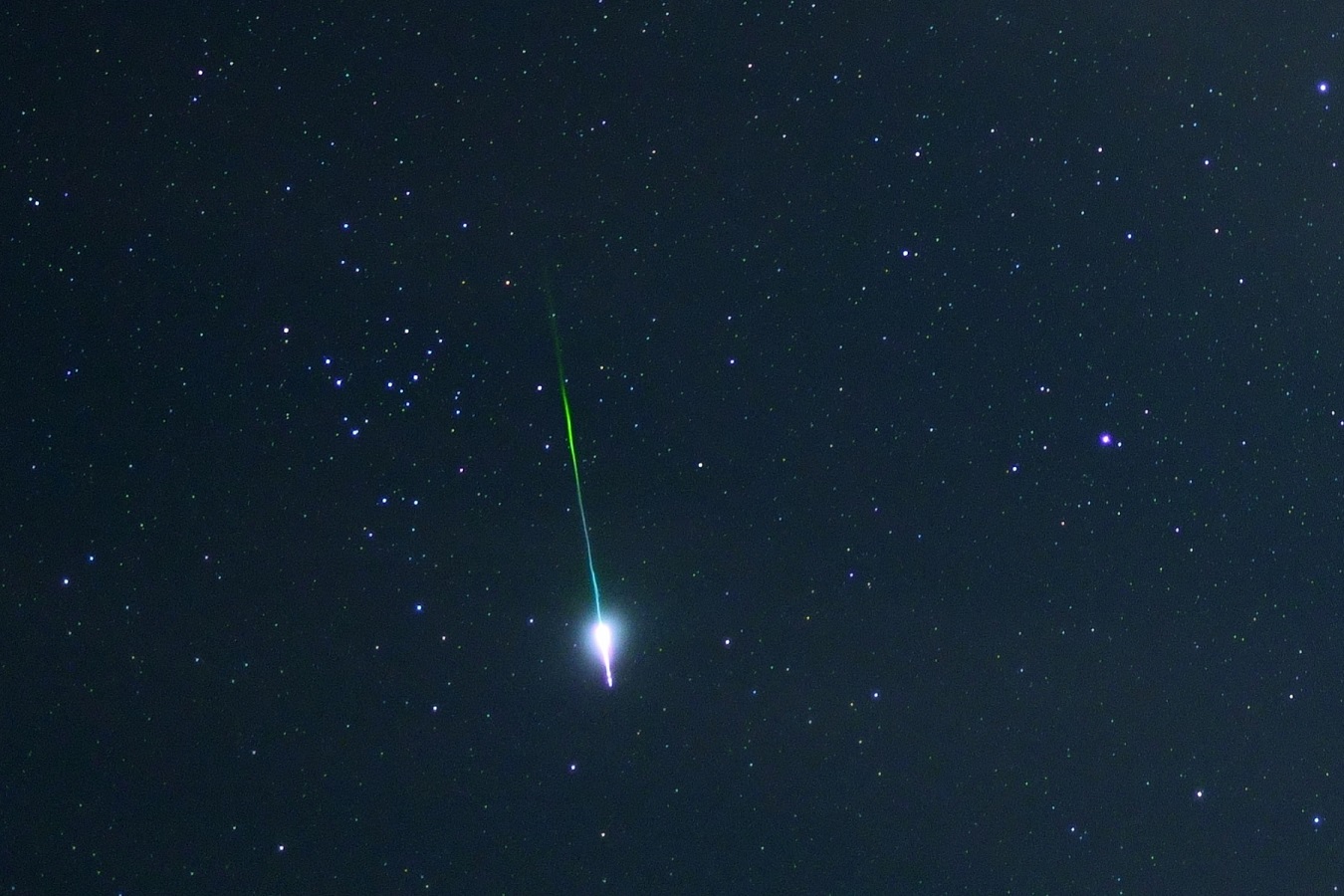
Rich Davis captured this colorful fireball with a terminal burst at 1:24 MST (8:24 UT) on December 24, 2022, from…
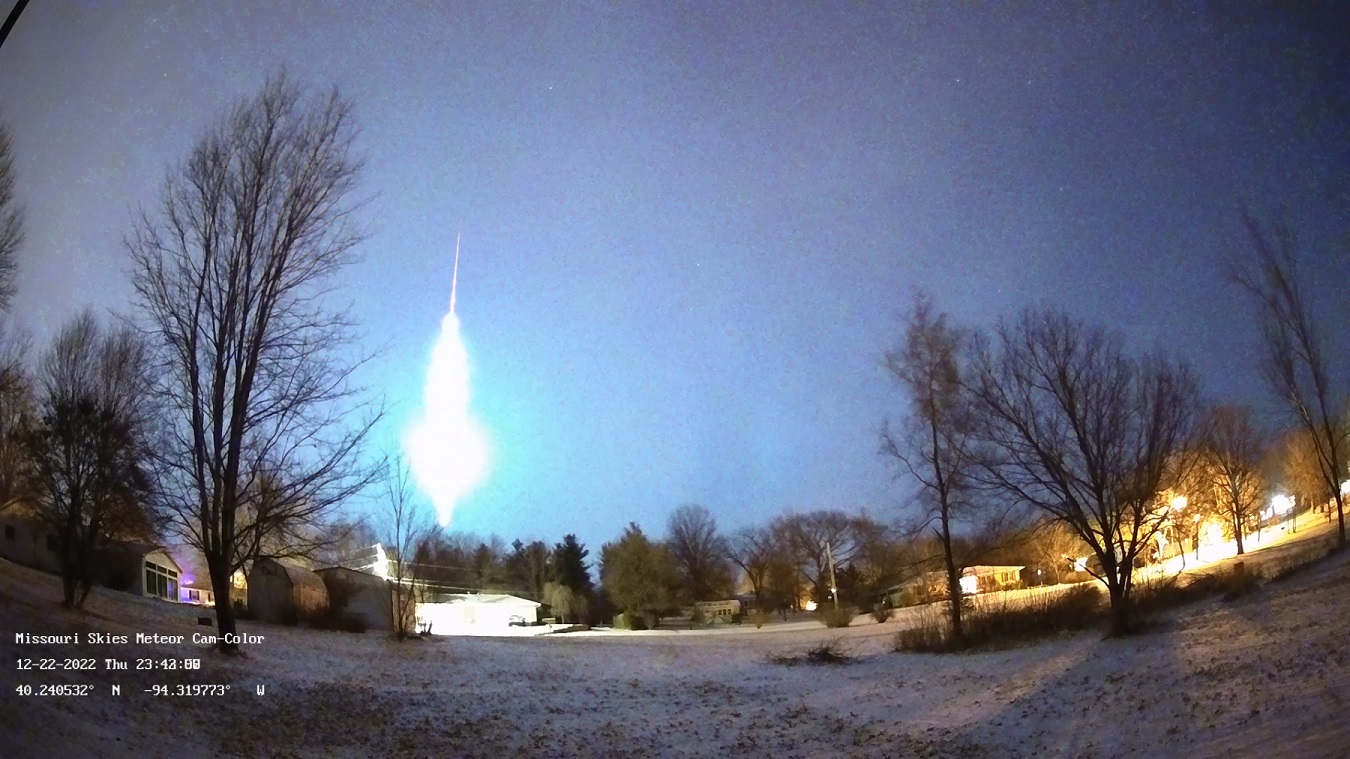
Daniel Bush captured this extremely bright fireball at 23:43 CST on December 22, 2022 from Albany, Missouri. Although this occurred…
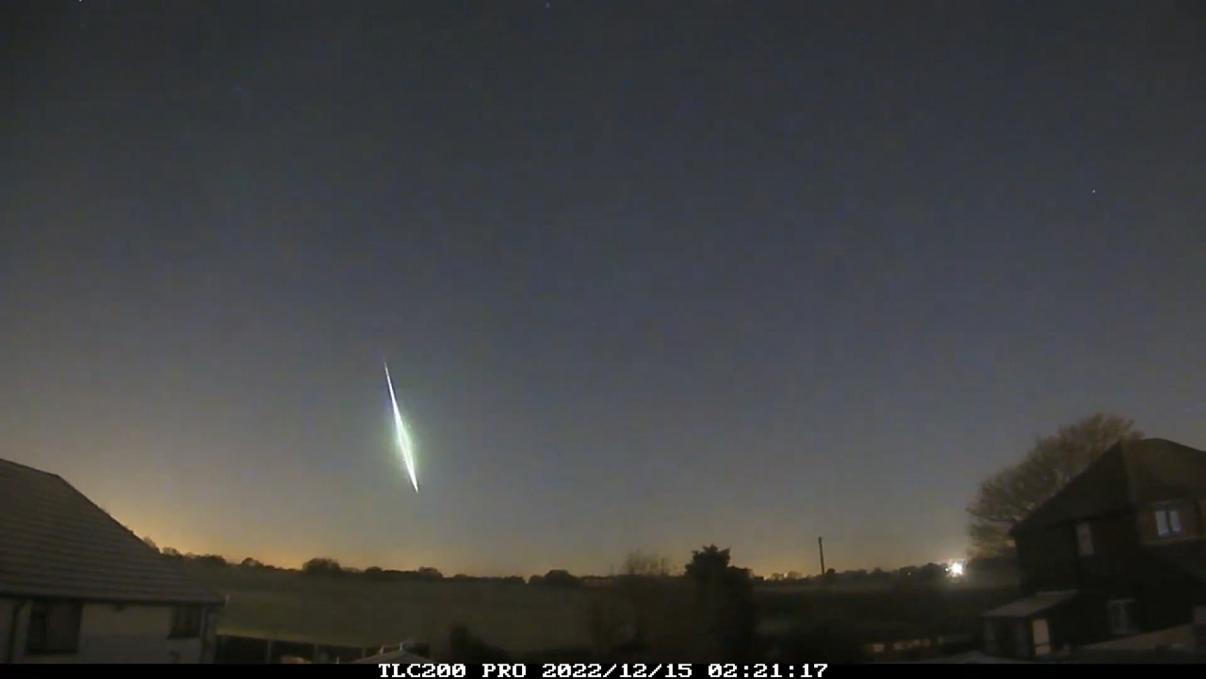
Kevin Bradshaw captured this bright fireball from Irlam, England on December 15, 2022 at 0221 GMT. Although no stars are…
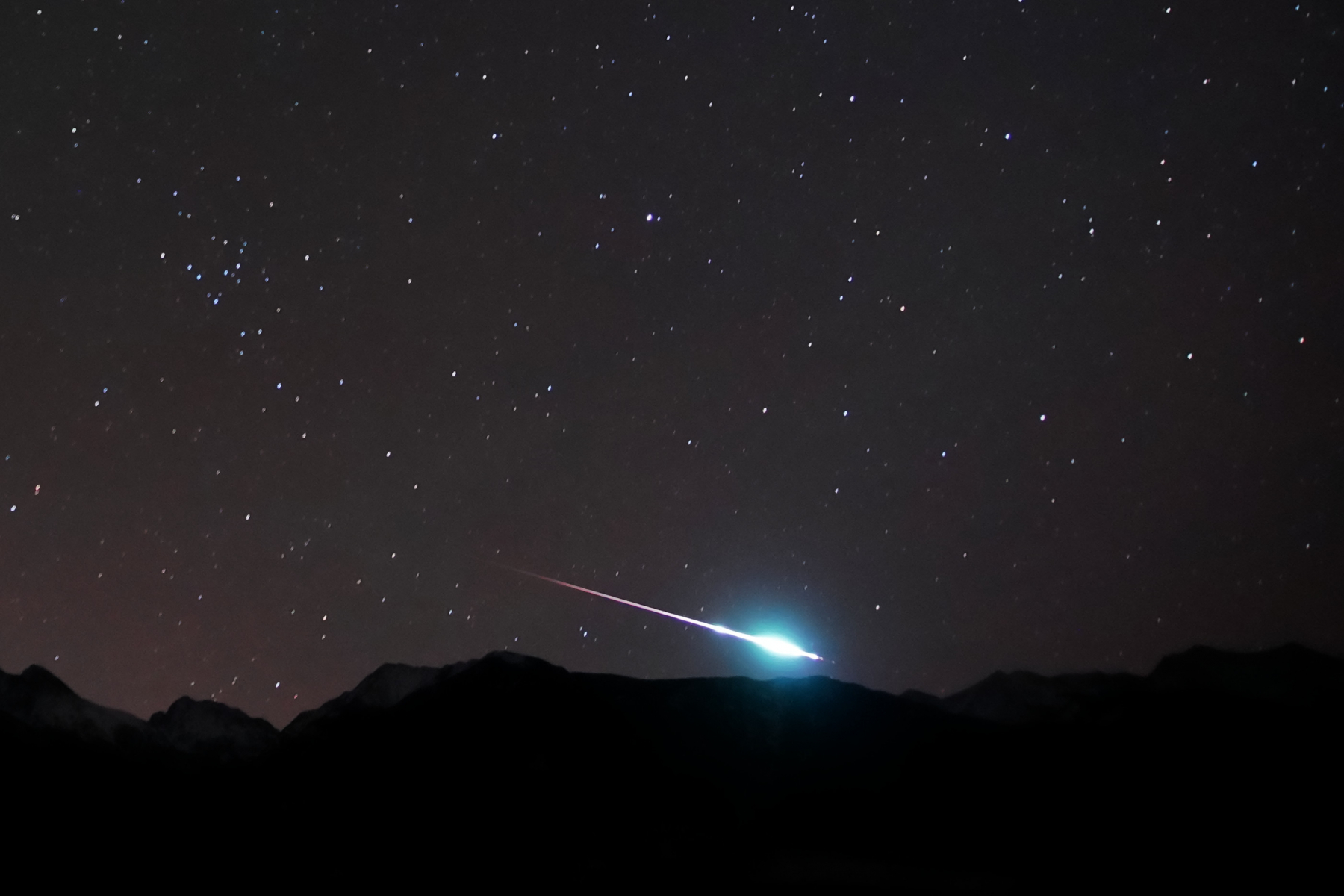
Mike Lewinski captured this beautiful fireball from Crestone, Colorado, USA on November 28, 2022 at 0231 MST (9:31 UT). The blue…
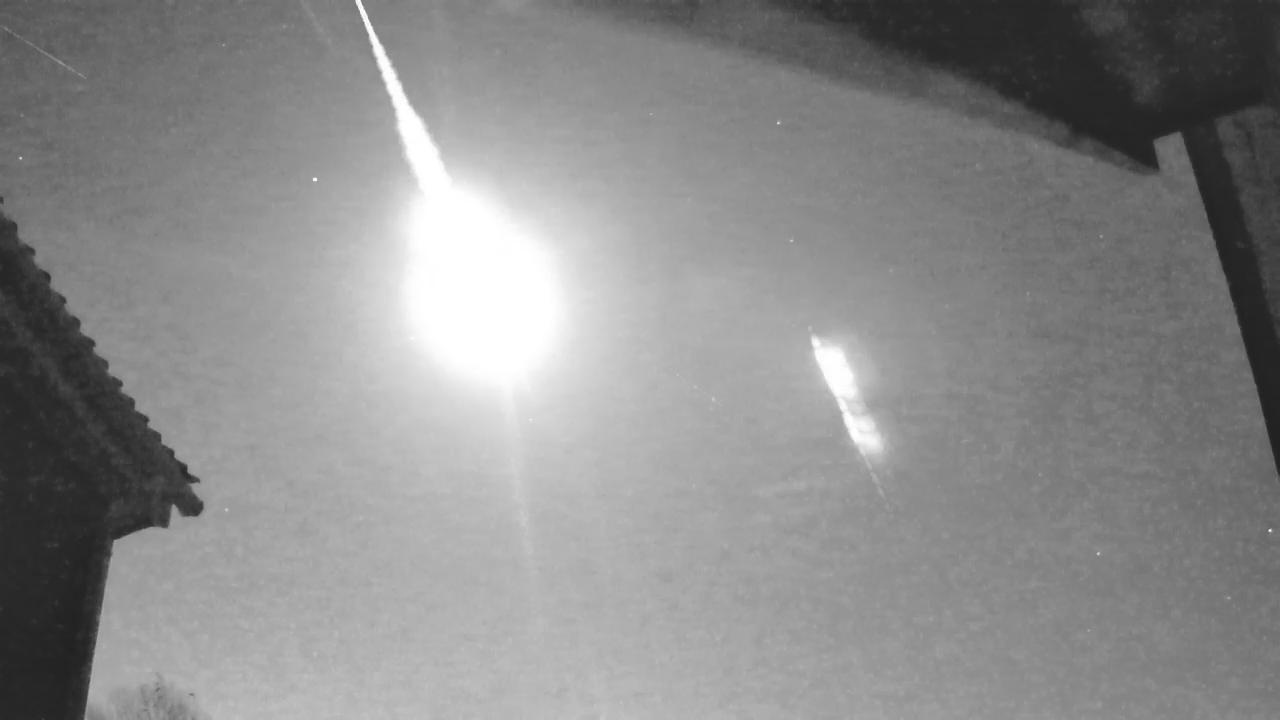
Peter Meadows captured this brilliant fireball from Chelmsford, England, on November 24, 2022 at 06:13 GMT using a GMN/UKMON Camera…
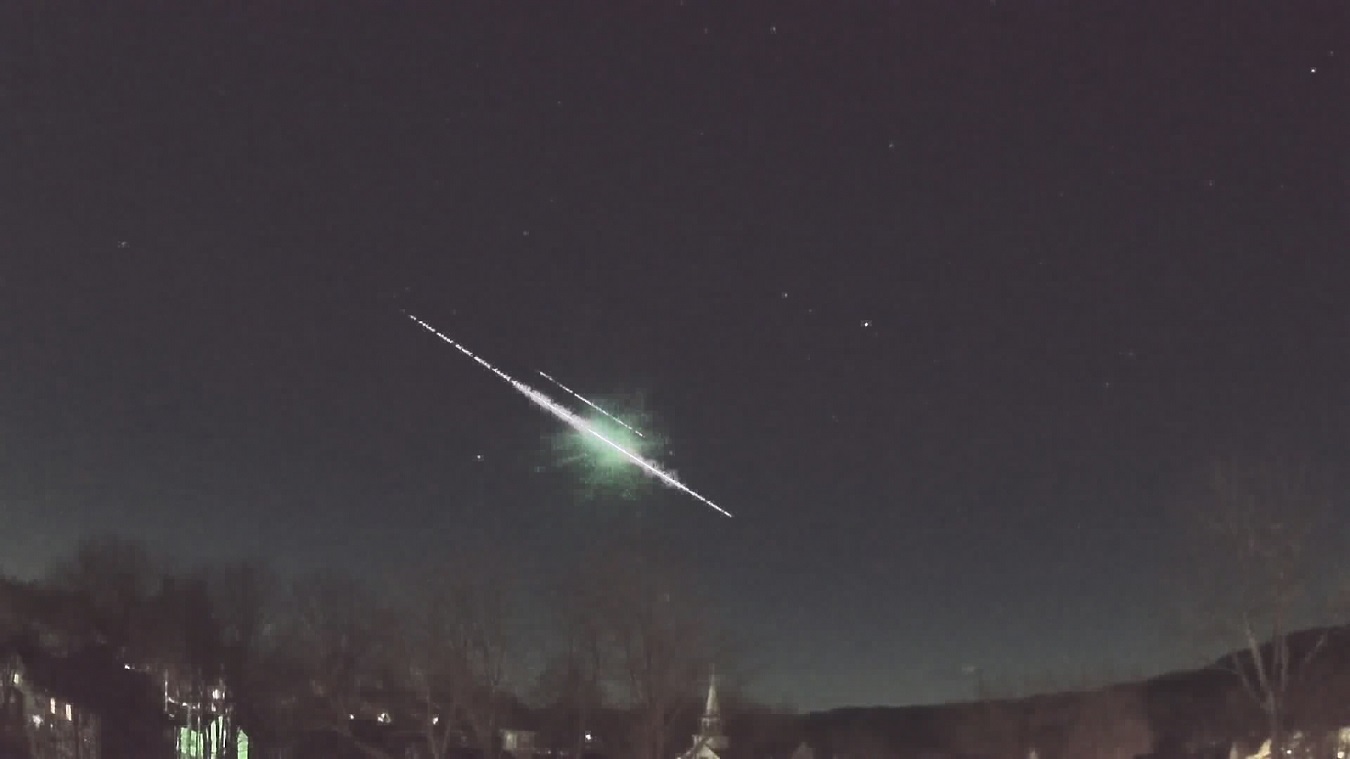
This brilliant fireball, passing below the bowl of the Little Dipper, was captured by an AllSky Camera System at 20:37…
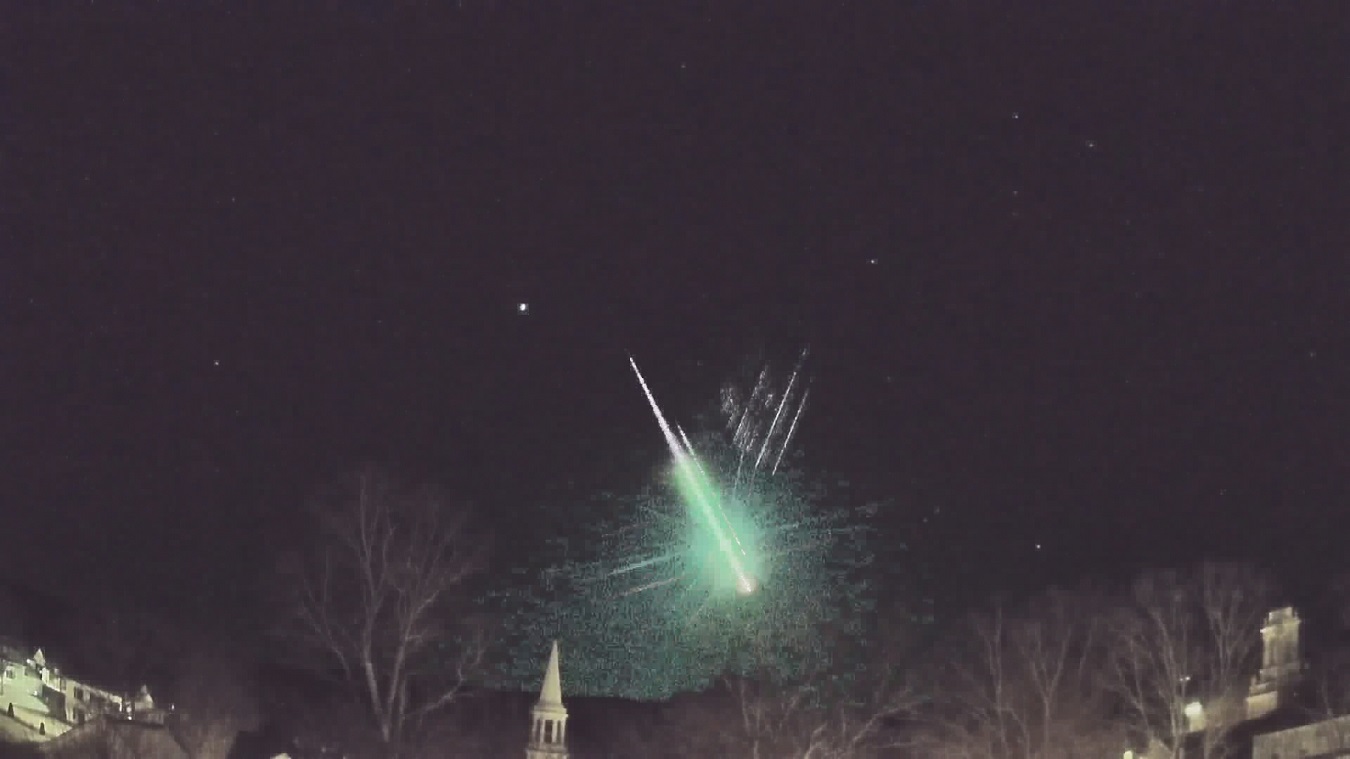
This brilliant fireball was captured by an AllSky Camera System at 3:10am EST (8:11 UT) on November 27, 2022 from…
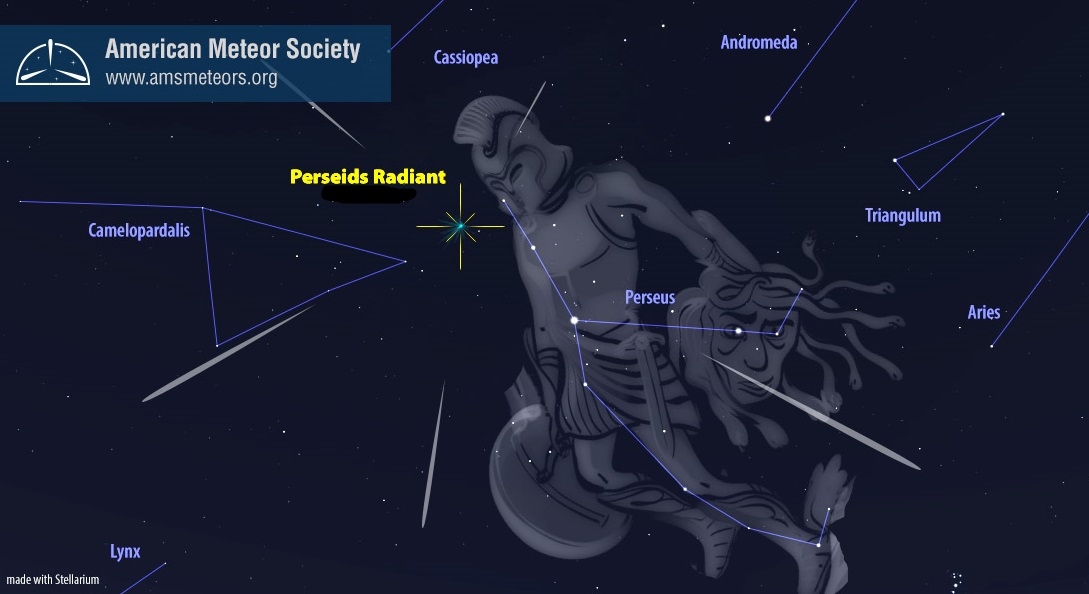
Comet Dust Each July and August the Earth encounters debris left behind from comet 109P/Swift-Tuttle. This comet has an orbit…
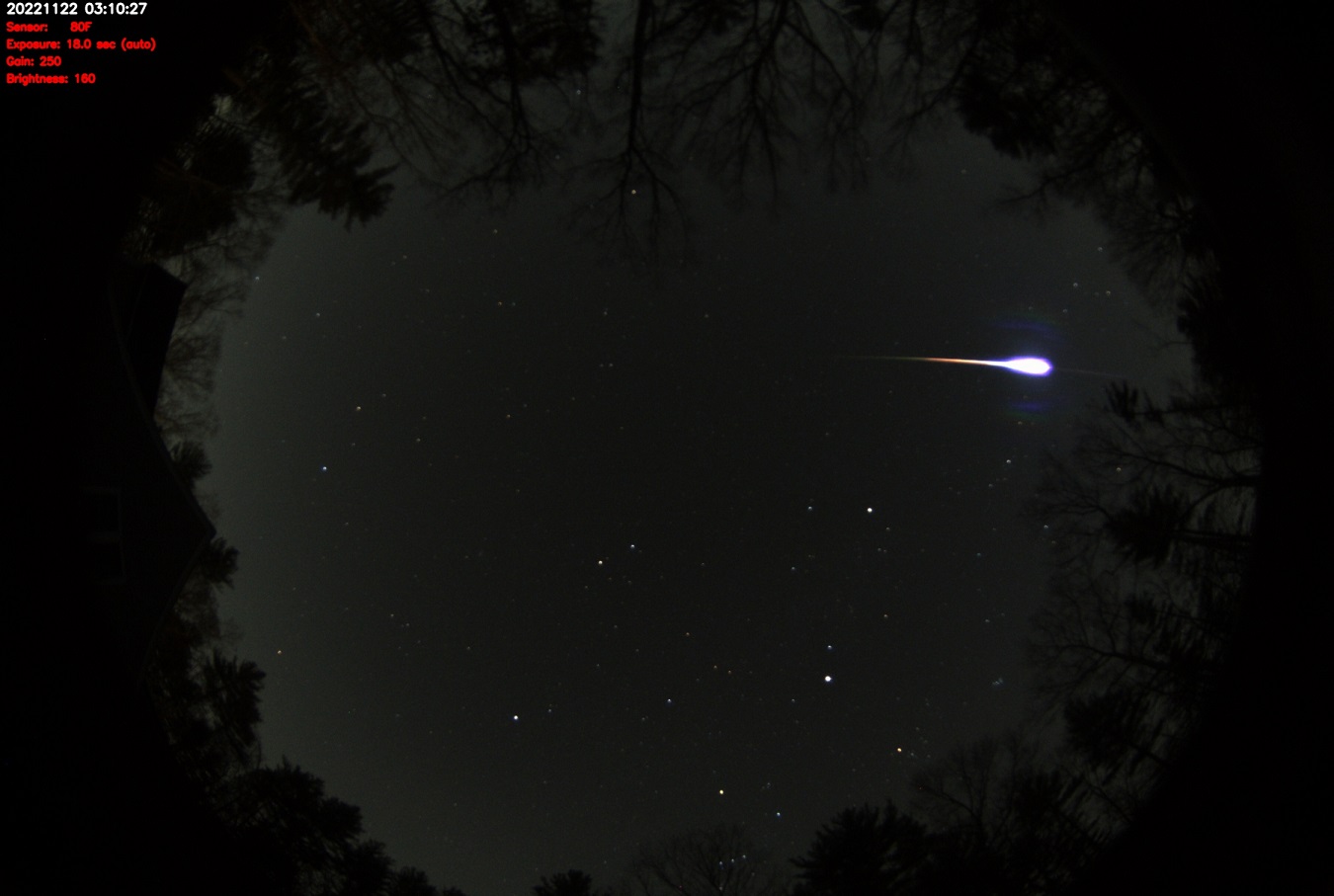
Dave Giordano captured this colorful fireball at 3:10am EST (8:11 UT) on November 22, 2022 from Carlisle, Massachusetts USA. For…
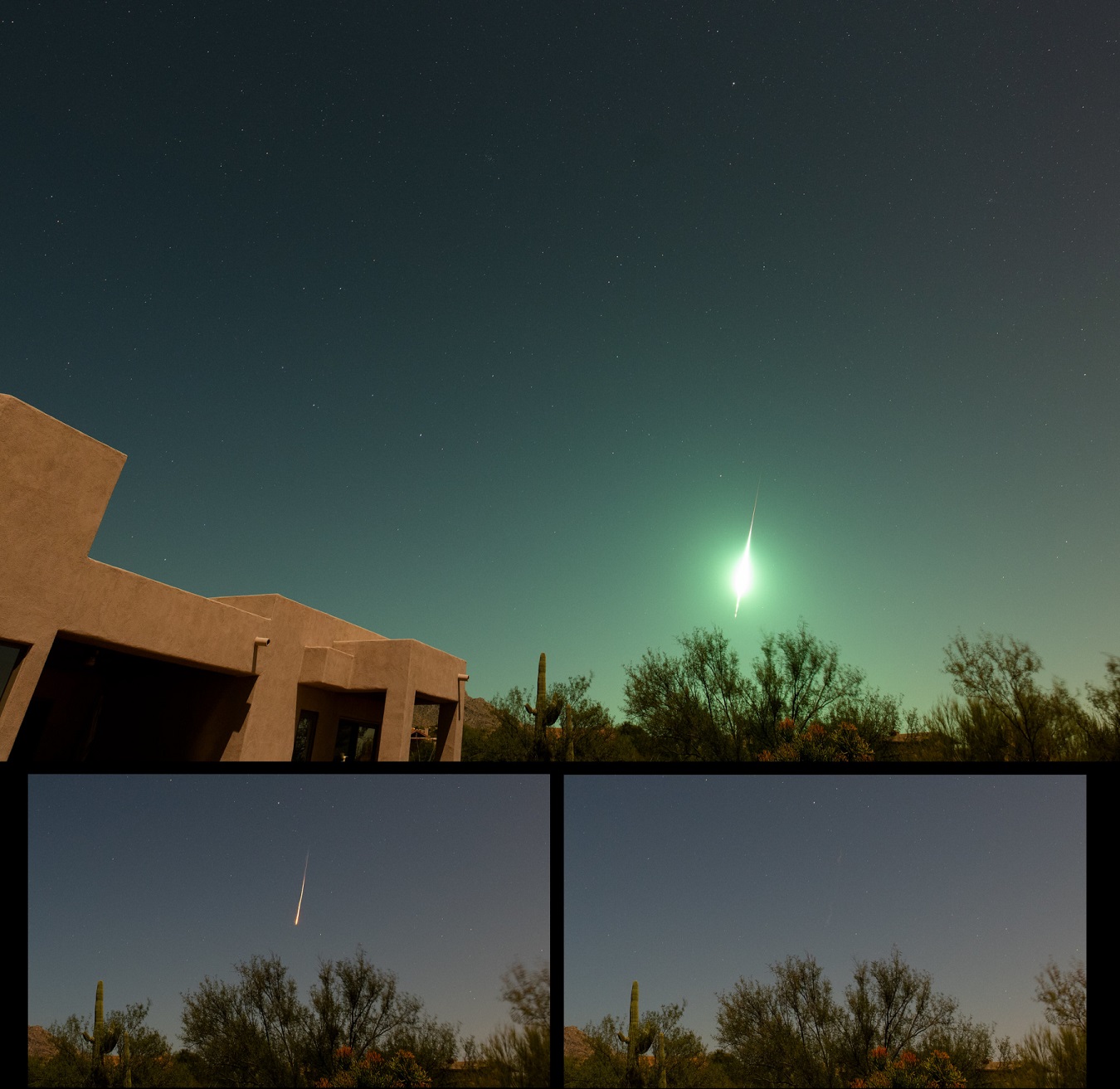
Following his capture of a bright Taurid on November 5, Eliot Herman captured another exceedingly bright Taurid fireball on November…
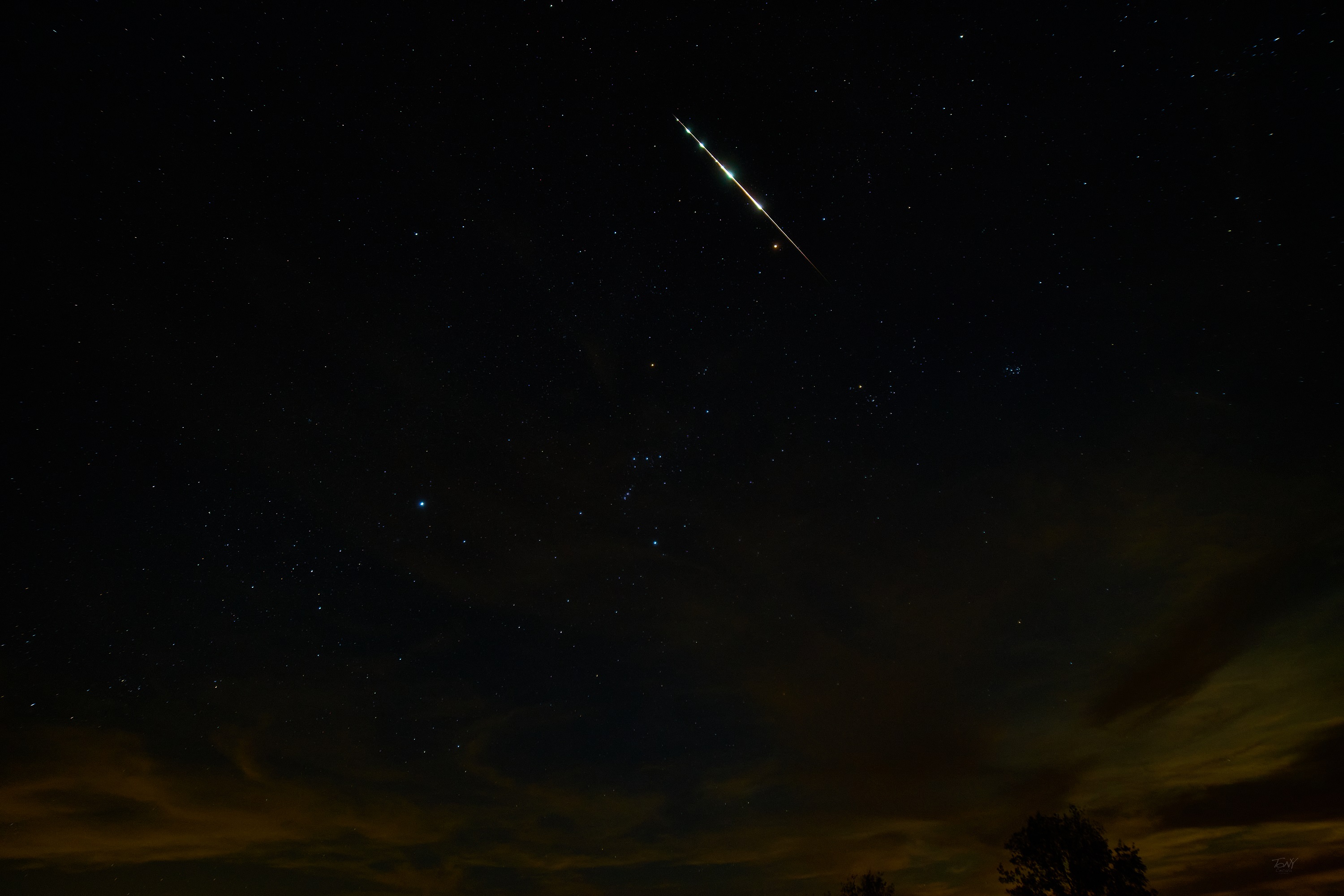
Dr. Tony Cecala captured this bright multi-bursting Taurid fireball on November 6, 2022, at 05:51 CST (10:51 UT) from Lone…
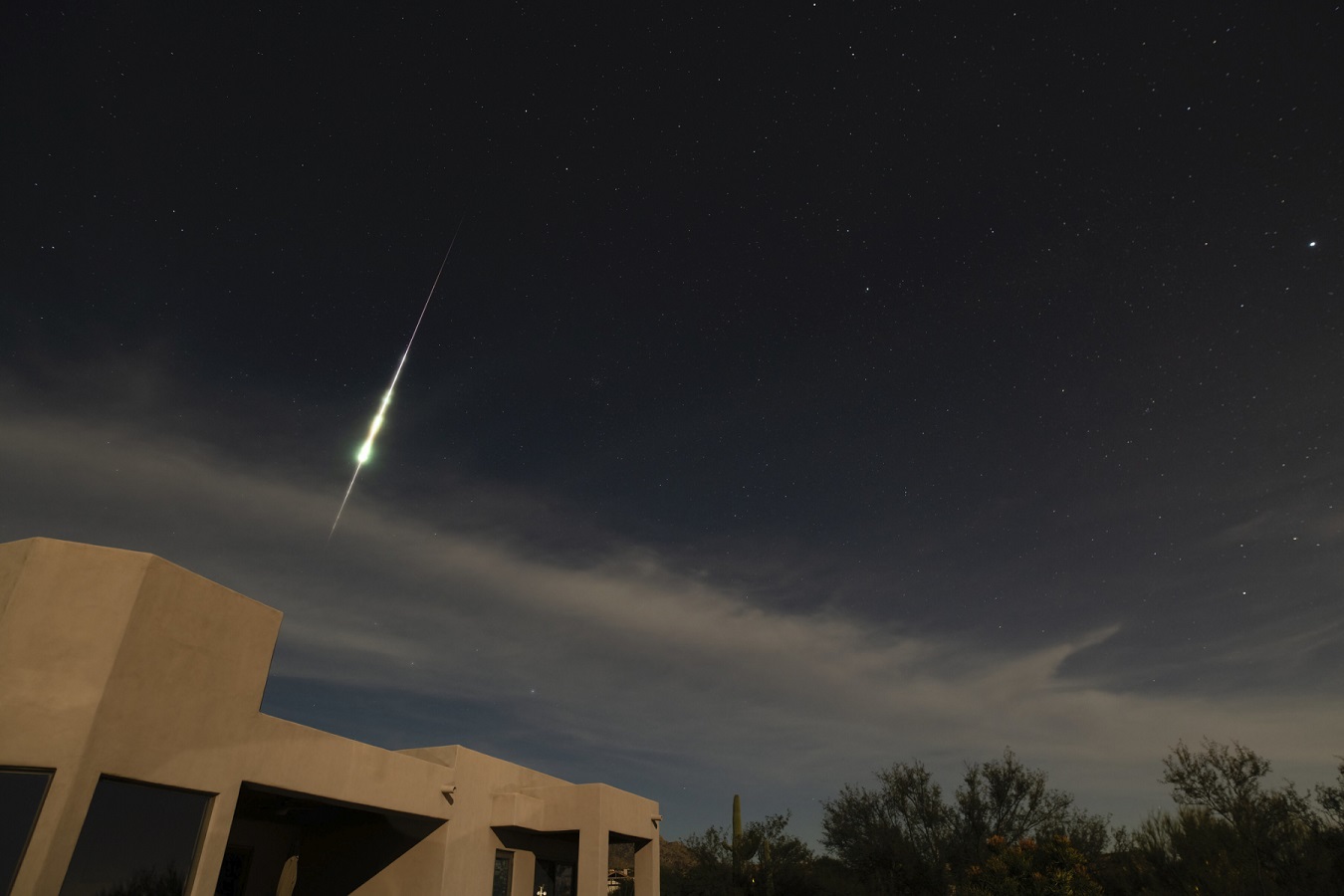
Eliot Herman captured this bright multi-bursting Taurid fireball on November 5, 2022, at 02:08 MST (9:08 UT) from Tucson, Arizona,…

Jordan Ragsdale captured this bright fireball near the moon using his AllSky Camera System on November 4, 2022, at 00:58…
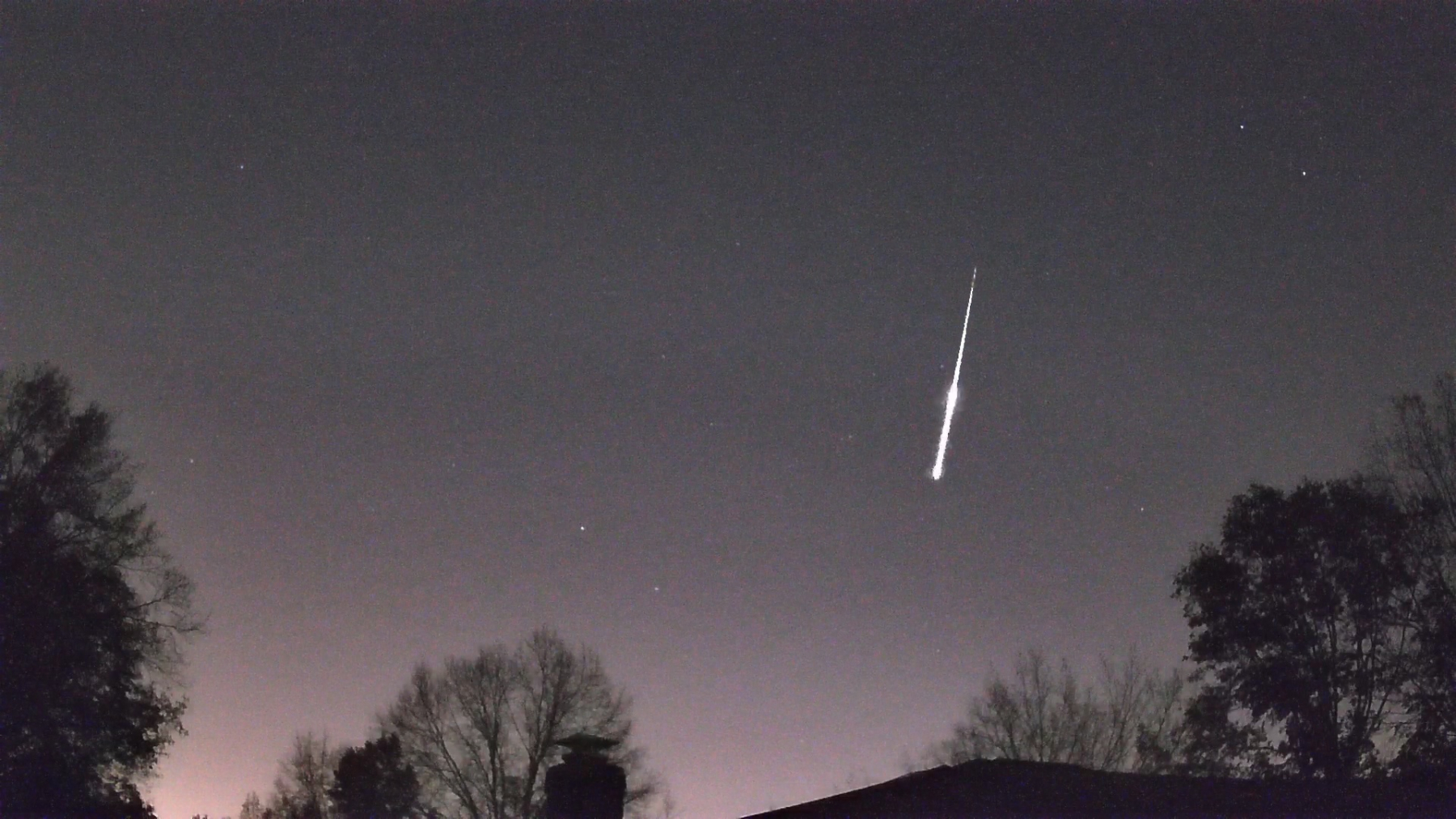
Ryan Connor captured this bursting fireball on November 2, 2022, at 02:18 EDT (06:18 UT) from North Royalton, Ohio USA.…
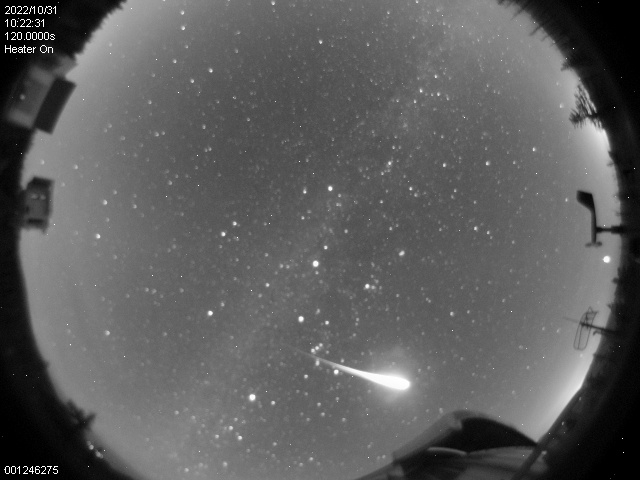
Steve Allanson captured this brilliant sporadic fireball using an all sky camera on October 31, 2022, at 03:23 MST (10:23…